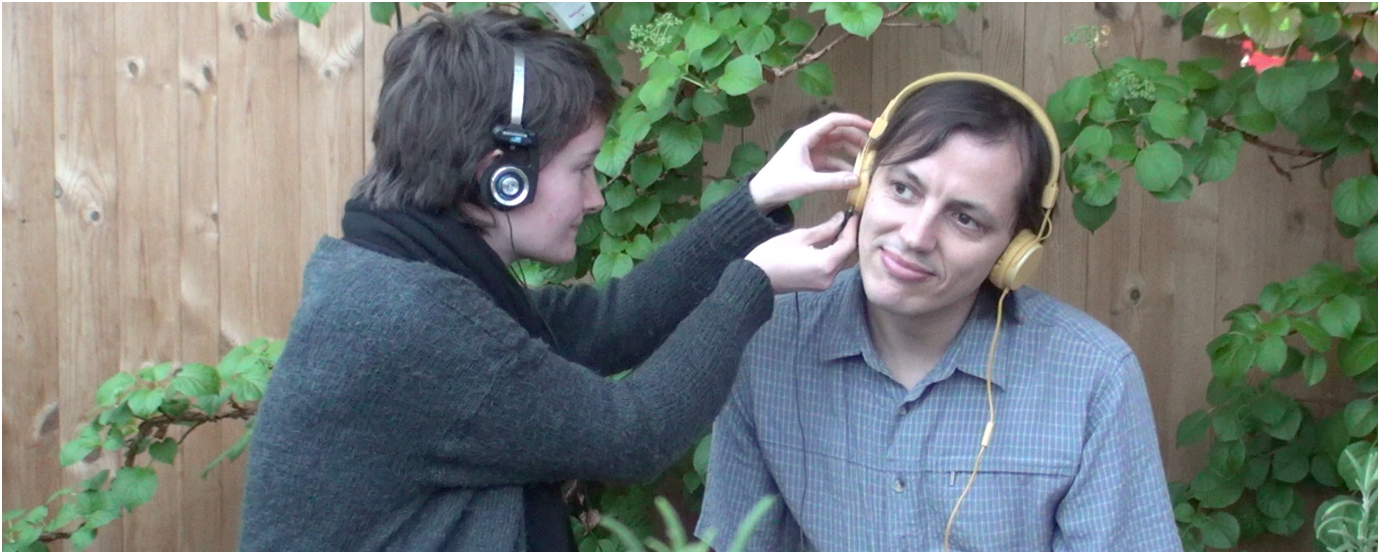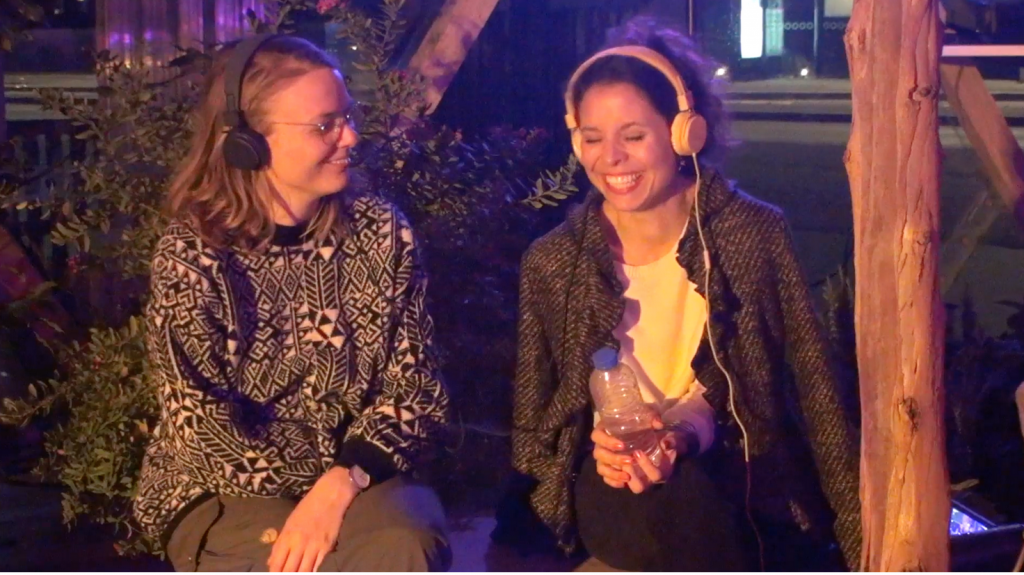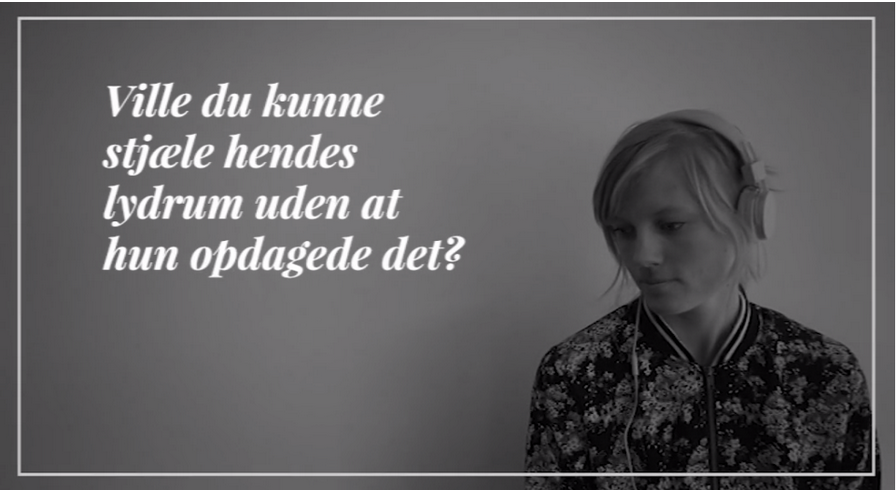In this practice based research we attempted to provide a glance into how an interdisciplinary practice between commercial and artistic partners could forfeit both. We focused our study specifically on how commercial partners might use elements from installation art to create strategic communication through what we call commercial installations. This may seem paradoxical because the commercial partners want their communication activities to reflect clear and instrumental messages while partners from the artistic practice, often focus on more indefinable and diverse interpretations of experiences. Our contribution to this field should not be seen as a replacement for current communication strategies but rather as a supplement to commercial partners’ communication.
The study was carried out over two separate parts: First, a pre-understanding of the interdisciplinary practice was founded through a theoretical study of installation art and experience economy in order to identify the disciplines’ individual premises and dynamics. Then commercial installations was concretized through an initial case study where three selected cases was analyzed thoroughly. On the basis of these cases, specific technological and aesthetic means was analyzed to bridge the gap between the two disciplines. Secondly, we partake in the study by including ourselves actively taking the role as artistic partners and reflective practitioner in cooperation with a commercial partner, Storytel. We design, develop and execute a commercial installation and a documentary of the installation on the basis of Storytel’s brand and product, which gives us first-hand data about the interdisciplinary practise.
Tap that Poem from Jette Forstholm on Vimeo.
In cooperation with Storytel the artistic due DesignRefleks (Jette Forstholm and Louise Jensen) have developed the installation Tap that Poem, which explores the intimate and public soundspace. The sound installation is anchored in a curiosity about what people in the public spaces actually listen to when they shut off the outside world with their headphones. The site-specific installation was a mixture of a social experiment, performance art, and installation art in which participants were given the opportunity to plug into other people’s headphones and thus becoming part of their intimate sound sphere.
We found that instead of passively exposing consumers to universal and traditional marketing, the commercial partners can in collaboration with the artistic partners create unforgettable and sensorius experiences for their shared audience. The physical and poetic commercial installations let people perceive companies’ products and interpret the brand in an aesthetic and socially relevant context. This creates a common basis for meaningful collaboration with the potential for synergistic development. The installation format should be used in an authentic way, thus we create an independent experience whose content can stand alone and where the experience does not lose its interesting and thoughtful dimension. When the brand is related to the installation the theme expands both the understanding of the brand’s product and understanding of the subject due to the extra layers of information. An aesthetic and conceptual documentation of commercial installations are crucial for reaching business value since the experience of the few participants can be disseminated to a larger segment. The study concludes that commercial installations can be relevant for commercial partners who wants to incorporate a more sensuous and poetic dimension to their brand or products that include their consumers in a meaningful reflection, which gives a more abstract but at the same time authentic attitude towards them.
This study generated by our curiosity and desire has given us a belief that this is the future of marketing, which we have continued in our own design practice, DesignRefleks. We hope that this study will inspire others to engage in the exploration of this interdisciplinary practice so that we can explore the field’s many qualities.


